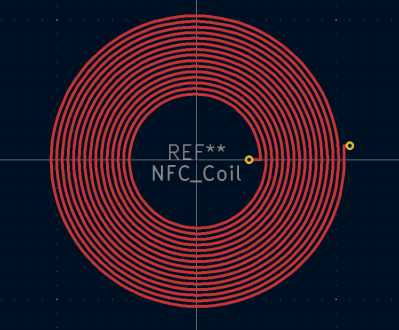[Lynnadeng]’s team wanted to monitor the Los Angeles River over time and wanted citizen scientists — or anyone, for that matter — to help. They built a dual phone holder to allow random passersby to use their phones to take photos. A QR code lets them easily send the pictures to the team. The 3D printed holder is fixed in place and has a known gap that allows stereo reconstruction from pairs of photos.
Of course, people aren’t going to know what to do, so you need a sign with instructions along with the QR code. One advantage to this scheme is that it’s cheap. All the camera hardware is in the public’s phone. Of course, you still have to make the holder robust to the elements, but that’s not nearly as difficult as supplying power and weatherproofing cameras and radios.
The real interesting part is the software. At first, we were disappointed that the post had a dead link to GitHub, but it was easy enough to find the correct one. In some cases, people will use a single camera, so 3D reconstruction isn’t always possible.
We love citizen science around here. No matter where you live, there are many opportunities to contribute.




















